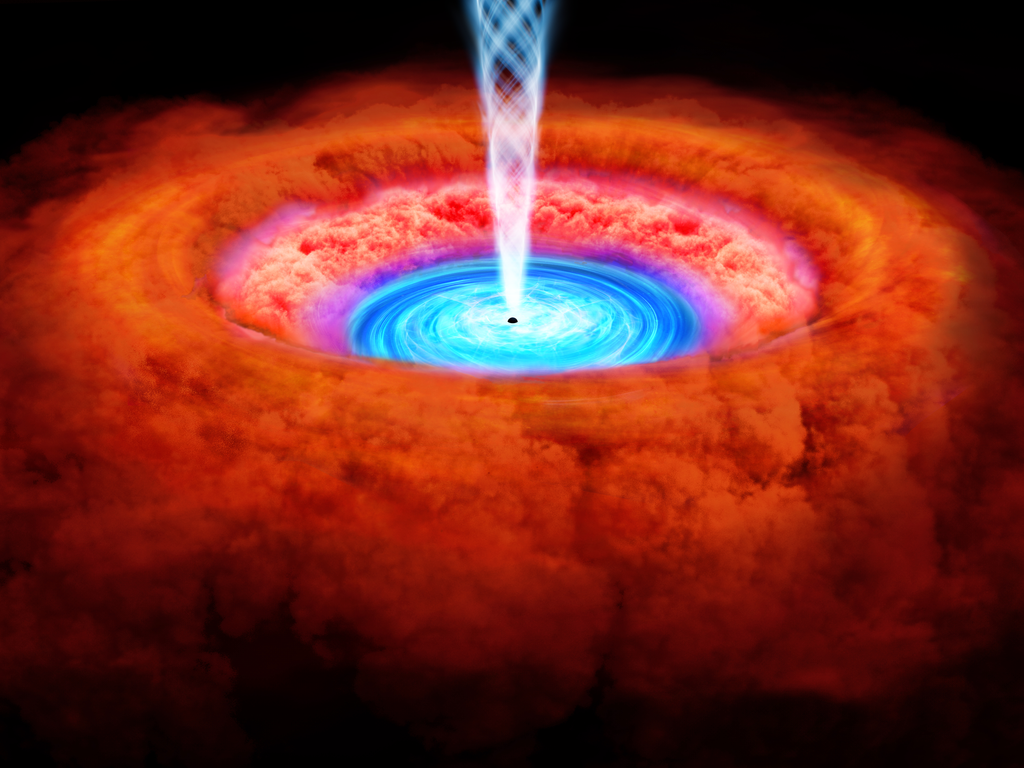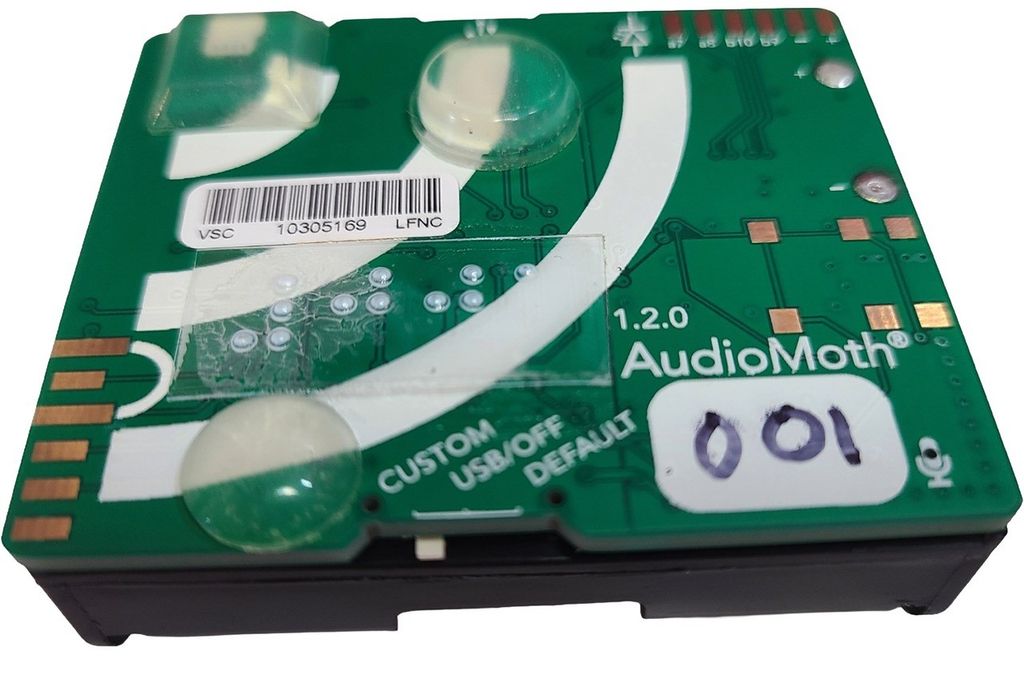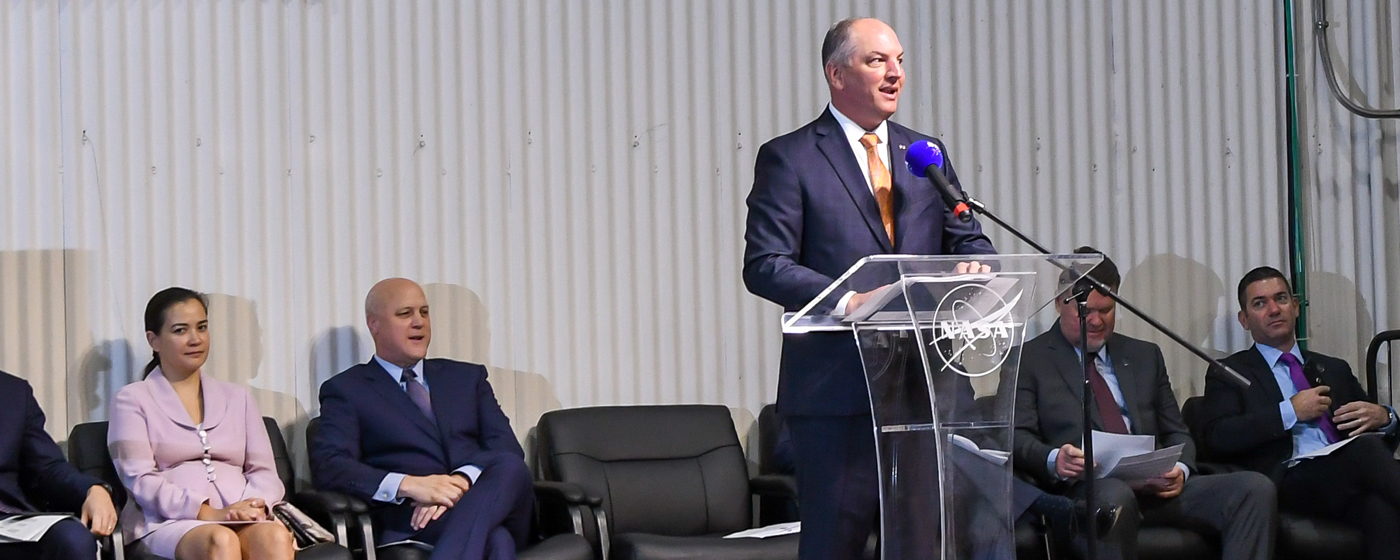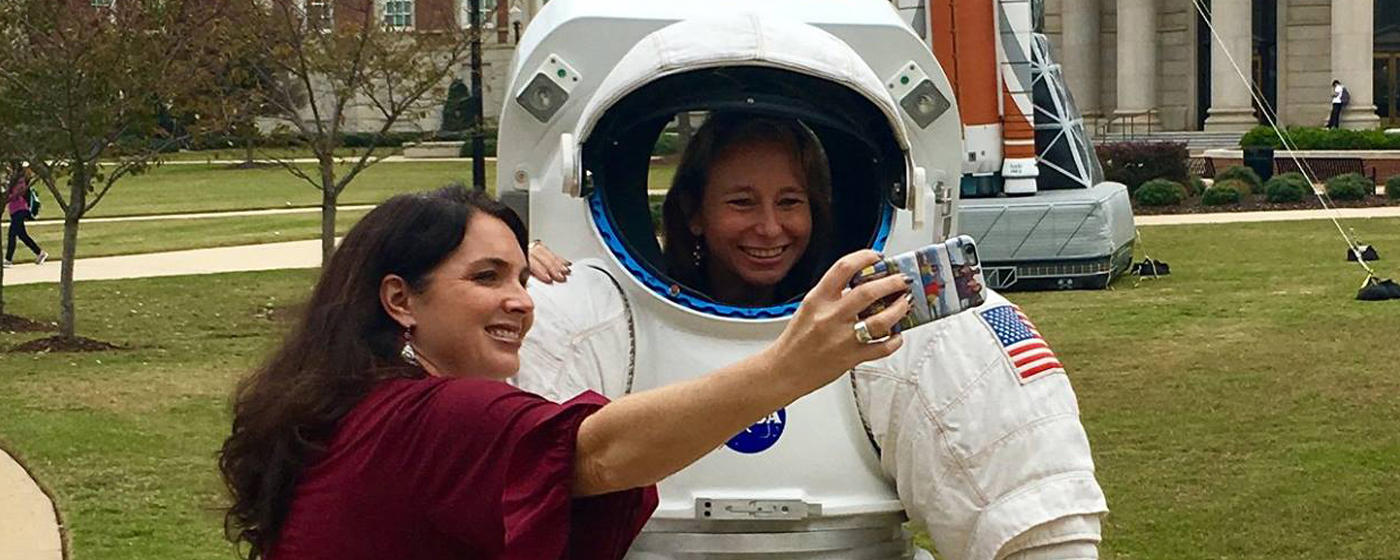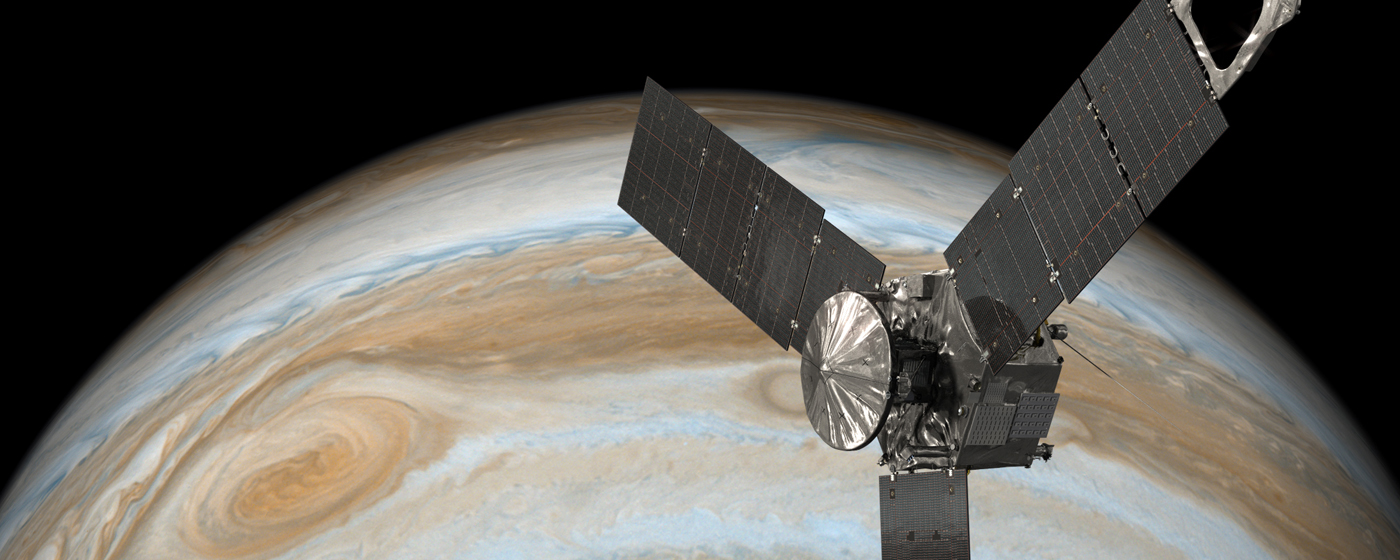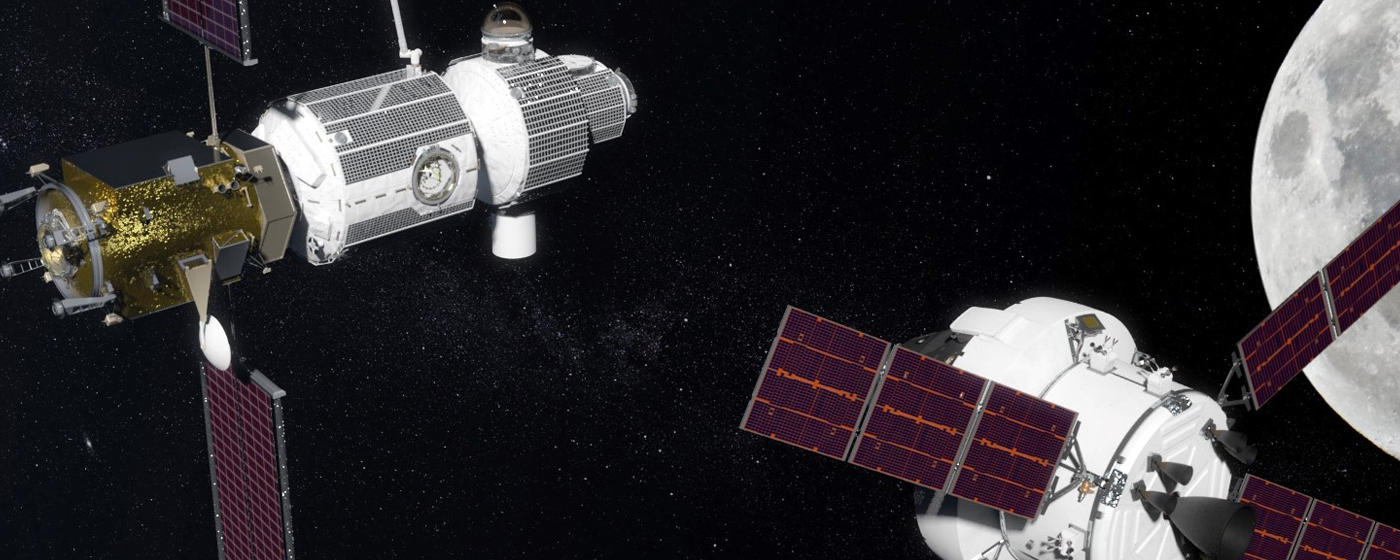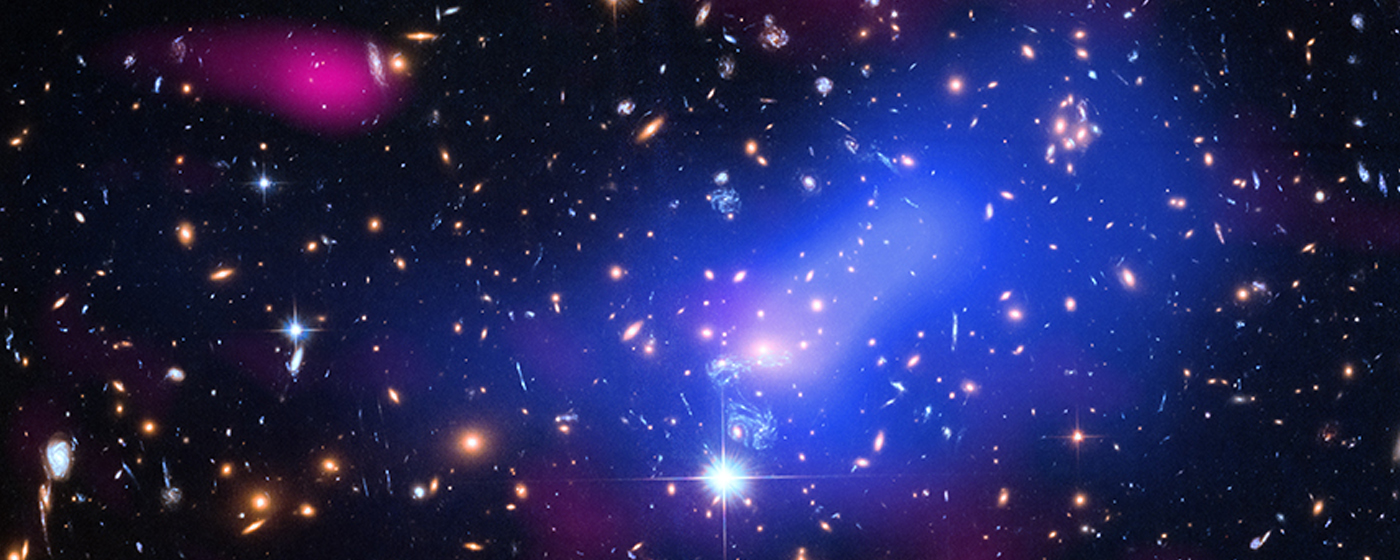Week of October 30 – November 3, 2017
SLS Hardware, Facilities on Display as Louisiana Officals Visit Michoud
Louisiana Gov. John Bel Edwards and New Orleans Mayor Mitch Landrieu toured NASA’s Michoud Assembly Facility in New Orleans this week and got a first-hand look at NASA’s new deep-space vehicles being built at the facility. Michoud, one of the largest modern manufacturing facilities in America, is building key components for NASA’s Space Launch System and Orion spacecraft.
Marshall Promotes STEM Education at University of Alabama
Team members from NASA’s Marshall Space Flight Center travelled to the University of Alabama in Tuscaloosa this week to share information about NASA programs, including NASA’s Space Launch System and many more. The student-focused event promoted career opportunities in the STEM fields of science, technology, engineering and mathematics, and gave students the opportunity to meet and network with industry leaders.
Juno Aces Eighth Science Pass of Jupiter
Data returned this week indicate that NASA’s Juno spacecraft successfully completed its eighth science flyby over Jupiter’s mysterious cloud tops on Oct. 24. The confirmation was delayed by several days due to solar conjunction at Jupiter, which affected communications during the days prior to and after the flyby.
NASA Selects Studies for Gateway Power and Propulsion Element
NASA selected five U.S. companies this week to conduct studies for a power and propulsion element that could be used as part of the deep-space gateway concept. These latest studies will help provide data on commercial capabilities as NASA defines objectives and requirements as well as help reduce risk for a new powerful and efficient solar electric propulsion technology in deep space.
A Fusion of Galaxy Clusters as Seen by NASA’s Chandra X-ray Observatory
A system of merging galaxy clusters located about 5 billion light years from Earth –MACS J1149 for short — is one of six that have been studied as part of NASA’s “Frontier Fields” project. The research effort includes long observations of galaxy clusters with powerful telescopes that detect different types of light, including NASA’s Chandra X-ray Observatory.













